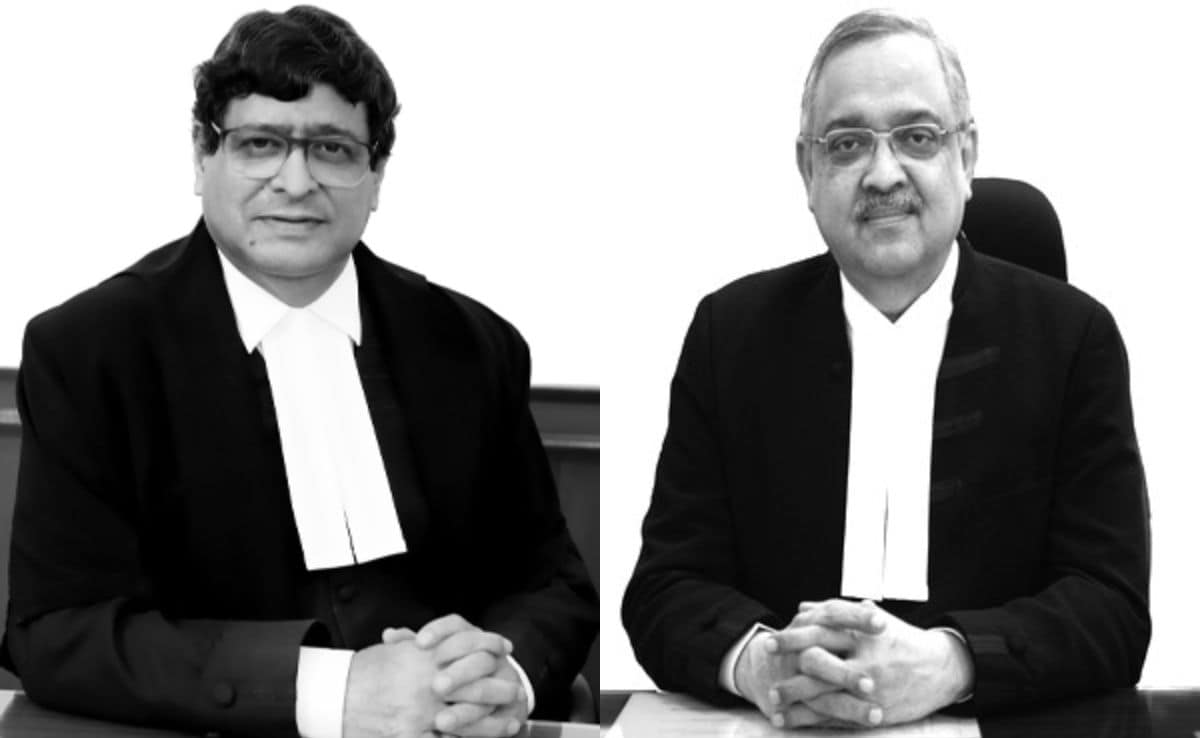Supreme Court Strikes Down Challenge: Urdu Signboards Triumph Over Linguistic Controversy

In a powerful affirmation of linguistic diversity, the Supreme Court has eloquently emphasized that language transcends religious boundaries. The court's landmark observation challenges the narrow perception that Urdu is exclusively a Muslim language, calling such a notion a "pitiable digression" from the principles of national unity and cultural inclusivity.
The judicial pronouncement came while dismissing a petition that sought to challenge the use of Urdu on a municipal council's nameboard. By doing so, the Supreme Court has reinforced the fundamental understanding that languages are vibrant, dynamic expressions of communication, not markers of religious identity.
This decisive stance underscores the importance of recognizing linguistic diversity as a strength, not a divisive factor. It sends a clear message that languages belong to all people, irrespective of their religious affiliations, and should be celebrated as a unifying cultural heritage.
The court's perspective serves as a crucial reminder that India's rich tapestry of languages represents a shared national identity, where multiple tongues coexist and contribute to the country's remarkable cultural mosaic.
